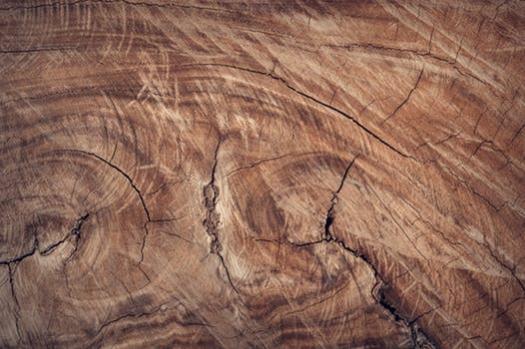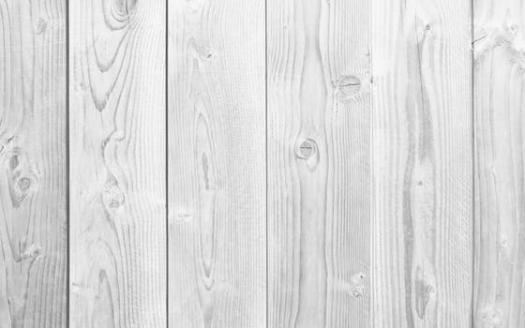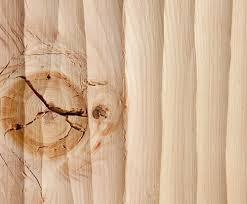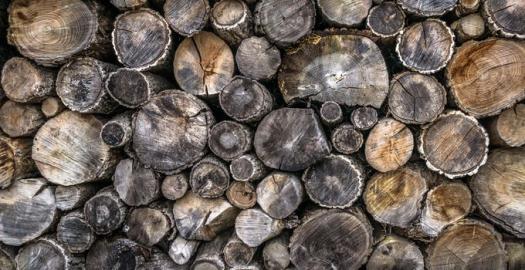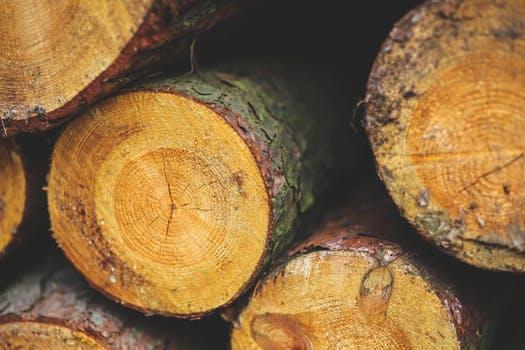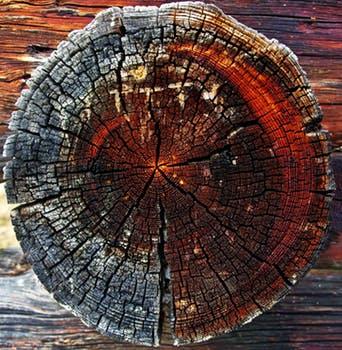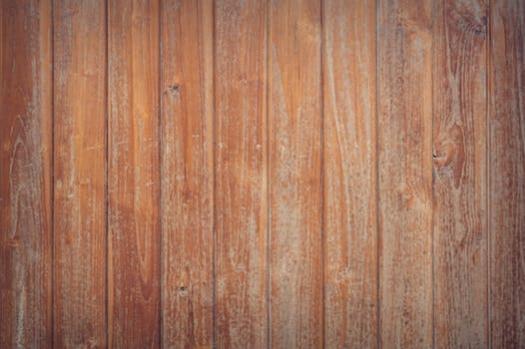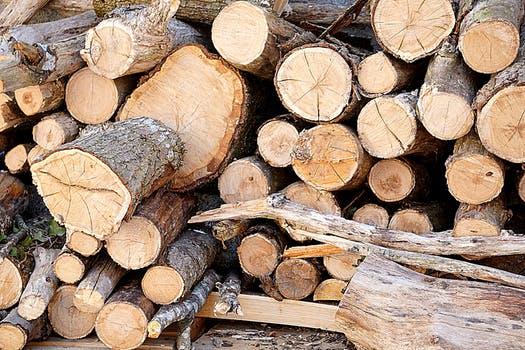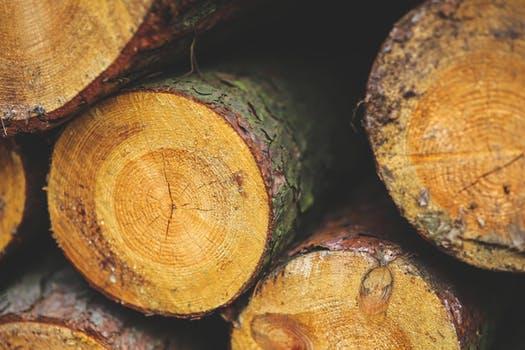What Do You Know About Timber?

Timber is a type of wood that has been processed into beams and planks, a stage in the process of wood production. What are some f the things this is used for?
- 1.
.................... this defect is indicated by the marks or signs placed by chips on the finished surface of timber
- A.
Torn grain
- B.
Light mark
- C.
Small mark
- D.
Chipmark
Correct Answer
D. ChipmarkExplanation
Chipmark is the correct answer because when chips are placed on the finished surface of timber, they leave marks or signs. These marks or signs are referred to as chipmarks. This defect is indicated by the presence of these chipmarks on the timber's surface.Rate this question:
-
- 2.
.......is improper sawing of timber
- A.
Torn grain
- B.
Diagonal grain
- C.
Wane
- D.
Clearing
Correct Answer
B. Diagonal grainExplanation
Diagonal grain refers to improper sawing of timber where the saw cuts are not parallel to the wood's natural grain direction. This results in a diagonal pattern in the wood, which weakens its structural integrity and reduces its quality. Diagonal grain can make the wood more prone to splitting, warping, and other defects, making it unsuitable for certain applications where strength and stability are important.Rate this question:
-
- 3.
..........is when a small depression is made on the finished surface due to falling of some tool
- A.
Chipmark
- B.
Diagonal grain
- C.
Torn grain
- D.
Clearing
Correct Answer
C. Torn grainExplanation
Torn grain refers to a small depression on the finished surface that occurs when a tool falls during the woodworking process. This can happen when the tool slips or is dropped, causing damage to the surface and creating a torn or jagged appearance in the wood grain.Rate this question:
-
- 4.
To avoid decay and termite infestation, untreated wood is separated from the ground and other sources of ............
- A.
Air
- B.
Oil
- C.
Moisture
- D.
Paints
Correct Answer
C. MoistureExplanation
Untreated wood is separated from the ground and other sources of moisture to prevent decay and termite infestation. Moisture is a key factor that contributes to the growth of fungi and bacteria, which can cause wood to rot. By keeping the wood away from moisture, it reduces the chances of decay and also discourages termites from infesting the wood, as termites are attracted to moist environments. Therefore, separating untreated wood from moisture is essential for its preservation and longevity.Rate this question:
-
- 5.
Wood can be treated with a ............ that improves service life under severe conditions without altering its basic characteristics.
- A.
Fungi
- B.
Machines
- C.
Tools
- D.
Preservatives
Correct Answer
D. PreservativesExplanation
Wood can be treated with preservatives that improve its service life under severe conditions without altering its basic characteristics. Preservatives are substances that are applied to wood to protect it from decay, insect attack, and other forms of deterioration. These chemicals penetrate the wood and provide long-lasting protection, extending the lifespan of the wood in harsh environments. By preventing fungal growth and insect infestation, preservatives enhance the durability and performance of wood, making it suitable for various applications, including outdoor construction, furniture, and decking.Rate this question:
-
- 6.
........... presence of original rounded surface in the finished product
- A.
Chip mark
- B.
Wane
- C.
Diagonal garin
- D.
Torn grain
Correct Answer
B. WaneExplanation
Wane refers to the presence of the original rounded surface in the finished product. This means that the surface of the product is not completely flat or even, but instead retains some of its original curved shape. This can be caused by improper machining or sanding techniques, resulting in an uneven or rough surface. Wane can affect the overall appearance and quality of the product, making it less desirable or functional.Rate this question:
-
- 7.
Fungi attack timber when these conditions are all present except
- A.
Oxygen (O2) is present
- B.
The environment is sufficiently warm
- C.
When the wood is oiled
- D.
The timber moisture content is above 25% on a dry-weight basis
Correct Answer
C. When the wood is oiledExplanation
When the wood is oiled, it forms a protective layer on the surface which makes it difficult for fungi to penetrate and attack the timber. Oil acts as a barrier, preventing the fungi from accessing the nutrients in the wood and inhibiting their growth. Therefore, when the wood is oiled, it is less susceptible to fungal attacks compared to when it is not oiled.Rate this question:
-
- 8.
Which of the following is engineered timber?
- A.
Planed timber
- B.
Glulam beams
- C.
Logs
- D.
Split logs
Correct Answer
B. Glulam beamsExplanation
Glulam beams are engineered timber because they are made by bonding together multiple layers of timber with adhesives. This process enhances the strength and stability of the beams, making them suitable for structural applications. Planed timber, logs, and split logs, on the other hand, are not considered engineered timber as they are typically in their natural state and have not undergone any additional processing or bonding.Rate this question:
-
- 9.
Logs are converted into timber by being the following except
- A.
Split
- B.
Hewn
- C.
Sawn
- D.
Scrapped
Correct Answer
D. ScrappedExplanation
Logs are converted into timber through various processes such as splitting, hewing, and sawing. Splitting involves splitting the log into smaller pieces along its length, while hewing involves shaping the log by removing large chunks of wood with a sharp instrument. Sawing involves cutting the log into boards or planks using a saw. However, scrapping is not a common method for converting logs into timber. Scrapping typically refers to the act of removing material from a surface using a scraping tool, which is not a typical method for converting logs into timber.Rate this question:
-
- 10.
A side-cut timber without any pith is known as.......
- A.
Free of heart center
- B.
Free of knots
- C.
Heart center
- D.
Boxed heart
Correct Answer
A. Free of heart centerExplanation
A side-cut timber without any pith is known as "Free of heart center" because the heart center refers to the central core of the tree which contains the pith. When a timber is free of heart center, it means that it has been cut in a way that removes the central core, resulting in a piece of timber without any pith. This is desirable as it reduces the risk of splitting and warping in the timber and makes it more stable and durable.Rate this question:
-
Quiz Review Timeline +
Our quizzes are rigorously reviewed, monitored and continuously updated by our expert board to maintain accuracy, relevance, and timeliness.
-
Current Version
-
Mar 21, 2023Quiz Edited by
ProProfs Editorial Team -
Apr 05, 2018Quiz Created by
Veedo1234
 Back to top
Back to top



